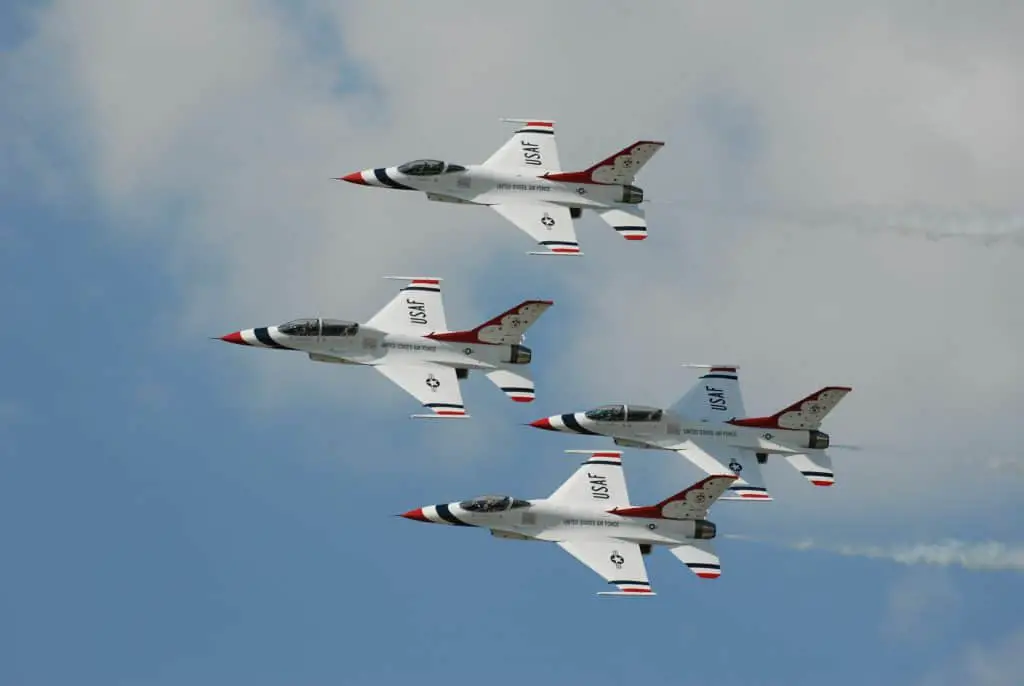U.S Air Force To Partner With Exosonic For Supersonic Transport
The United States Air Force’s Presidential and Executive Airlift Directorate is teaming up with Exosonic to create a supersonic executive transport. Both parties intend to provide government leaders with the ability to travel across the world very fast while emitting low booms.
Exosonic is interested in moving people to their destinations faster and making the world smaller through fast transportation, which is supersonic aircraft. However, the organization, and its CEO, Norris Tie, intend to overcome major challenges that the supersonic industry is currently faced with. The loud sonic boom of supersonic aircraft is one of such challenges, and Tie and his associates strongly believe that they can solve the issue.
To resolve the loud boom created by supersonic aircraft, the cabin’s design has to be altered. Speaking to Simple Flying about the project, Mr. Tie said, “How to generate a local supersonic airplane is through the aerodynamic shaping of the vehicle. So, you’ll see that a lot of these vehicles typically have a long nose, and that’s how to help distribute the shockwaves across the vehicle so that they’re spread out as they travel above the ground and send a series of smaller, weaker booms,” adding that, “There is a lot of careful shaping in the aircraft design, and that, of course, impacts the interior cabin design. So, we have some interesting cabin design complexity to deal with.”
Exosonic’s supersonic jet is expected to be launched sometime within the early or mid-2030s. It will have a cruise of Mach 1.8 and a range of over 5,000 nautical miles. It is also expected to travel from JFK to LAX in three hours. Although the project is 15 years away from being due, the firm is already considering utilizing antimicrobial materials to focus on sustainability.
The US Air Force’s Presidential and Executive Airlift Directorate’s program executive officer, Brig. Gen. Britton is anxious about the cutting-edge technology that the project would provide. He noted that the ability to transport important leaders around the world very fast could be a factor that affects success and failure.
















 Oluwatosin
Oluwatosin April 18th, 2021
April 18th, 2021 0 Comments
0 Comments


Leave a reply